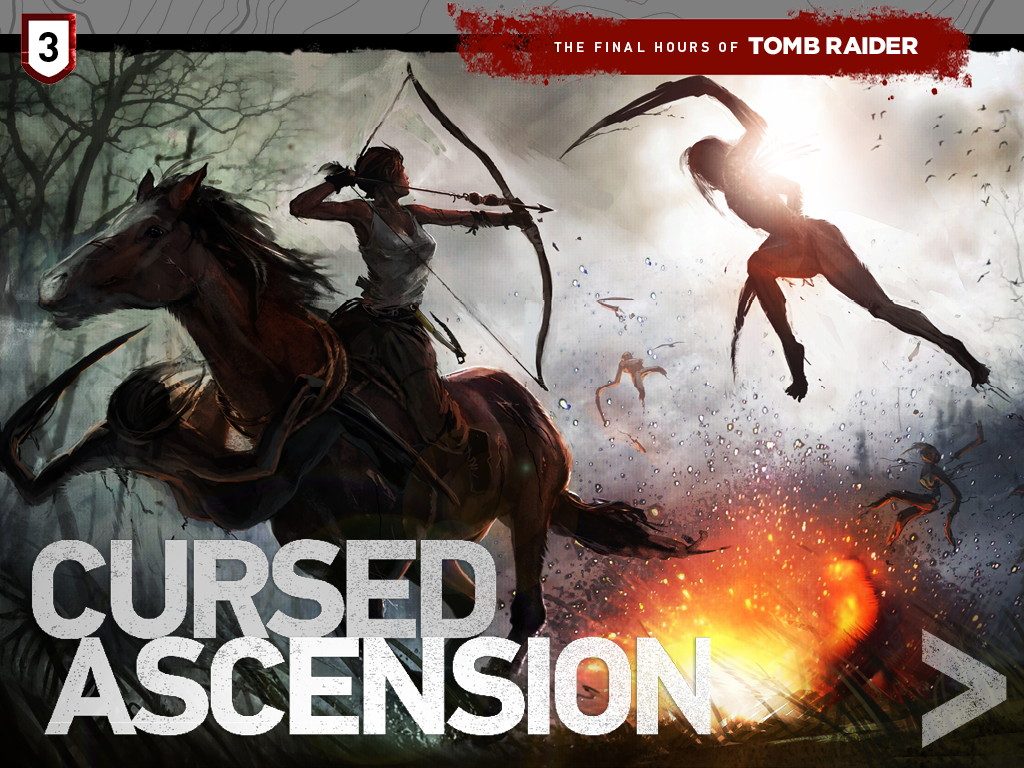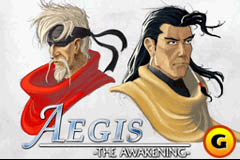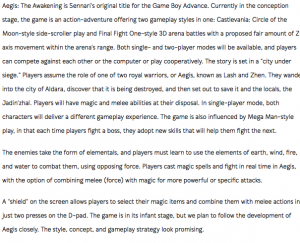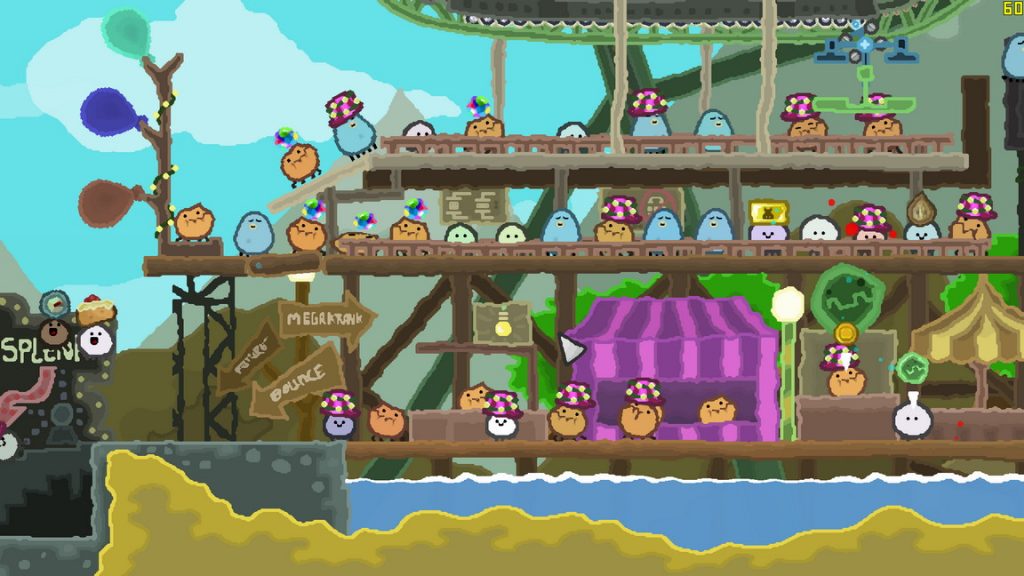Road Trip is a cancelled zombie-apocalypse adventure game that was in development in 2009 / 2010 by French studio Hydravision Entertainment (mostly known for the popular survival horror game Obscure) planned to be released on Xbox 360 and Playstation 3. Initially known as Project T, the game was meant to be a more mature and open-ended take on the “zombie survival” genre, with a gameplay mechanic similar to State of Decay (released only 4 years later) and a characters-driven storyline, with a strong, non-romantic relationship between the two main protagonists, a man and a woman, somehow similar to what Naughty Dog did many years later in The Last Of Us. Road Trip was ambitious in scope and was likely Hydravision’s last chance for success, as the studio went bankrupt in 2012.
Popular books, comics and movies such as The Walking Dead, World War Z, 28 Days Later, Life After People and I Am Legend were the main influences for Road Trip. The studio wanted to create an open ended survival-horror game focused on action, immersion, and the feeling of freedom, while keeping pressure on players as much as possible, to surprise them with huge zombie hordes.
Road Trip was meant to be different from other third person shooters in that the player was going to have to deal with a constant sense of omnipresent danger. Instead of being in a shooting gallery and just walking toward the enemies, the player would be pushed into difficult situations and forced to figure out the best way to deal with the situation. Players would have never been completely safe in Road Trip: infected could be already roaming in the areas or appear suddenly. Zombies could pop up at anytime and from anywhere like open doorways, through windows, and even from the ceiling. These monsters would never give up, and they would hunt their prey aggressively as they were able to scale most obstacles.
Luckily players could use the environment to protect themselves, taking refuge inside a building and barricading it (pushing furniture in front of an exit to block it, closing and locking doors, windows, shutters, nailing wood boards on exits, etc.), slowing the enemies down while fleeing or using various items to help kill dozens of zombies at once (shooting a gas tank, wired grenades, etc.).
In this post-apocalyptic zombie world cities have been deserted (they are too dangerous, plus diseases are spreading quickly because of all the rotting flesh). A small proportion of the population has managed to adapt and survive in suburban areas, but most died in the first few days. There’s no electricity to be found, but petrol is still usable, providing you can find it in abandoned gas stations.

![Tomb Raider: Ascension [Cancelled / Beta – PS3, Xbox 360, PC] Tomb Raider: Ascension [Cancelled / Beta – PS3, Xbox 360, PC]](https://www.unseen64.net/wp-content/uploads/2017/02/tomb-raider-ascension-cancelled-670x300.jpg)



